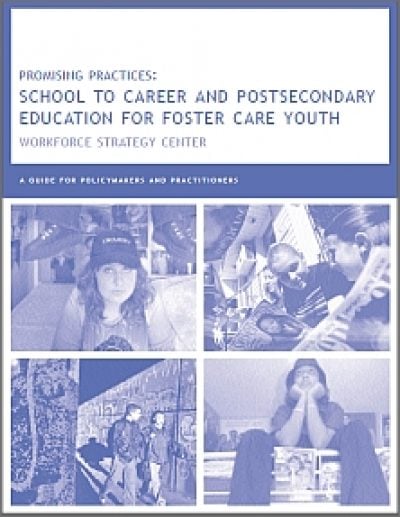Low Wage, Low Potential
Low wage entry-level jobs typically require minimum training, pay low wages, and offer little prospect for career advancement.

Getting a leg up when you’re in foster care is not easy. To assist in this effort, Casey asked the Workforce Strategy Center to identify best practices and programs that would help prepare foster care youth for high-paying jobs and career opportunities. This report presents their findings for creating effective foster care programs and models outside the system including key practice principles and further recommendations for improving programs and pathways. Actual programs, practices, services and avenues of funding are presented.
At a time when all youth, regardless of formal school status, require some form of post-secondary education, these resources provide a foundation for communities to create pathways to college for youth at risk, many of whom are in the foster care system. The foundation for this funding is the more than $275 billion in federal, state and local dollars that support public schools—by far the nation’s largest resource for education and training.
We hope you'll find value in this report. We’d love to get a little information from you, which we'll use to notify you about relevant new resources.